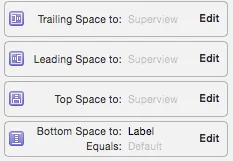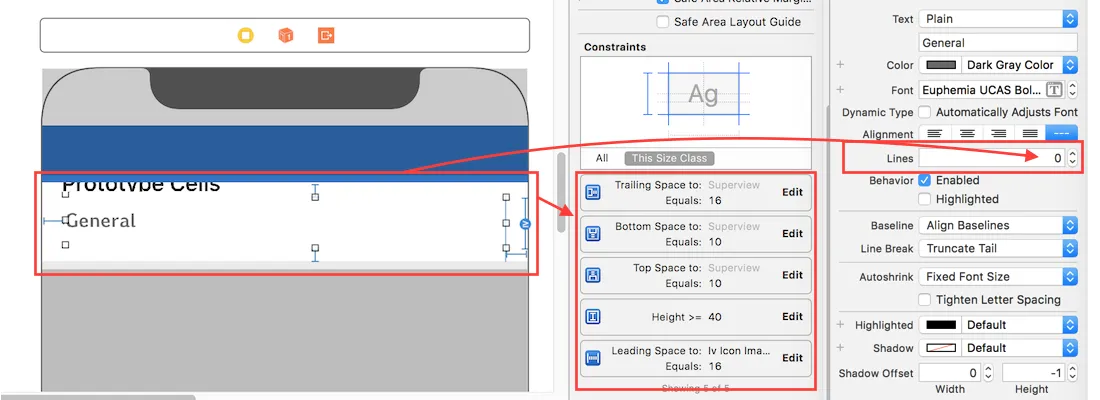嗨,关于UITableView中UITableViewCell的动态高度有很多问题需要回答。但是我发现当我这样做时感觉有些奇怪。
下面是其中一些答案:
通常情况下,这些可以回答单元格的动态高度问题。
tableView.estimatedRowHeight = 44.0
tableView.rowHeight = UITableView.automaticDimension
但在我的情况下,我想这行代码不会有任何作用。
我的UITableView是在单击分栏视图中的选项卡后查看的。这有帮助吗?
也许我遗漏了什么。有人可以帮我吗?我已经浪费了两个小时。
这些是我的标题约束,标题可能很长,但标签不是。

这是我的单元格


UITableViewCell自动布局设置。你肯定有一些问题。 - Vitalii Gozhenko